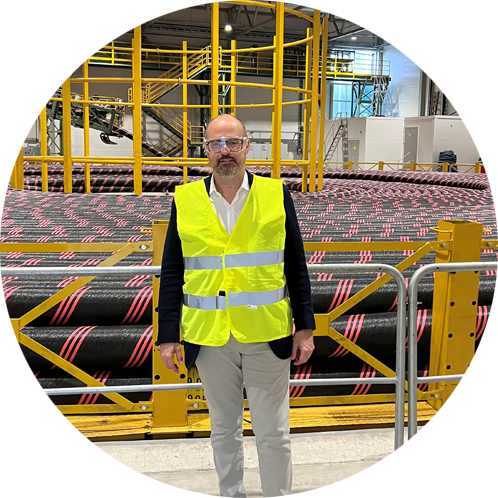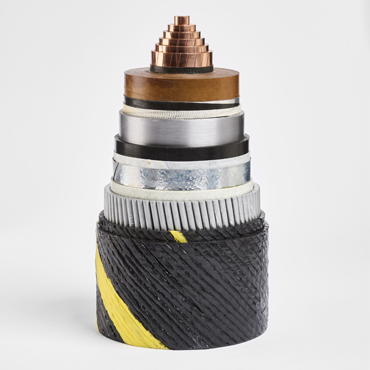Prysmian completes cables manufacturing for Egypt-Saudi Arabia submarine interconnector

“This is the first submarine HVDC (High-Voltage Direct Current) interconnection between the Middle East and North Africa regions, it is of great interest for both Egypt and Saudi Arabia but also for potential future energy corridors between the Middle East, Africa and Europe.”

Simone Volpato
Middle East Portfolio Director for Prysmian PowerLink.
As nations seek to ramp up their production of renewable energy, increasing interconnections in the Middle East, North Africa and Europe will make it possible to exchange sustainable power across countries and continents, and reinforce their energy security. Prysmian makes a complete range of cables for this sort of energy exchange.
Volpato said the project between Egypt and Saudi Arabia entails several challenges related to both technological and environmental factors.

“This is the first experience in the Aqaba gulf connecting the two countries, in deep water with a complex sea bed and the first submarine DC project with mass impregnated technology (MI),” he said. “In addition, due to the presence of corals near the two countries’ landfall, we had to implement an HDD (Horizontal Directional Drilling) method on both sides in order to avoid any possible damage to the marine environment.”
Prysmian’s involvement in this link between two of the largest Arab countries is a chance to start a new chapter for the company’s operations in the Middle East and North Africa. Prysmian PowerLink has been working in the United Arab Emirates, Qatar, Bahrain and Saudi Arabia and is now also extending its presence to Egypt.
To execute this project, Prysmian Powerlink has established local branches in the Egyptian capital Cairo and the Saudi city Jeddah, with two new local teams coordinated by the Project Management Team.

The project includes the design, supply, installation and commissioning of around 127.5 km of HVDC ±500kV MI submarine single-core cables, 43.5 km of 66kV XLPE submarine single-core cables and double-wire armoring, and 61 km of MINISUB submarine fiber optic cables for telecommunications and Distributed Temperature Sensing (DTS) monitoring. This wider interconnection will transport electricity between the Badr substation (Cairo, Egypt) and the Madinah East substation in Saudi Arabia.
The MI cables for the project have been produced in Arco Felice, Italy — Prysmian’s center of excellence for the manufacturing of this kind of product. The fiber optic submarine cables have been produced in Nordenham, Germany.
The offshore installation activities will be performed by the Group’s cable-laying vessels, suitable for deep-water cable-laying operations. The delivery and commissioning of the project are scheduled for 2024.




